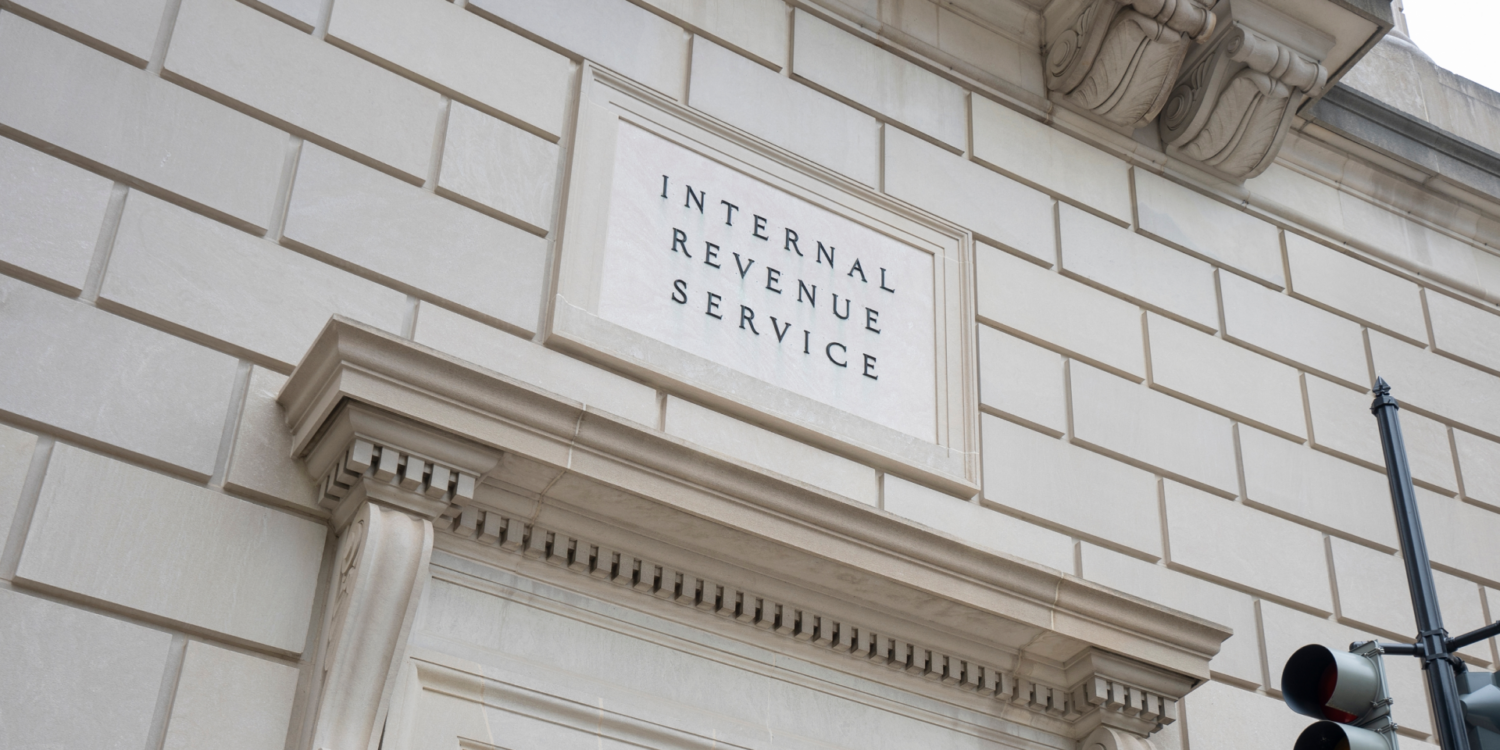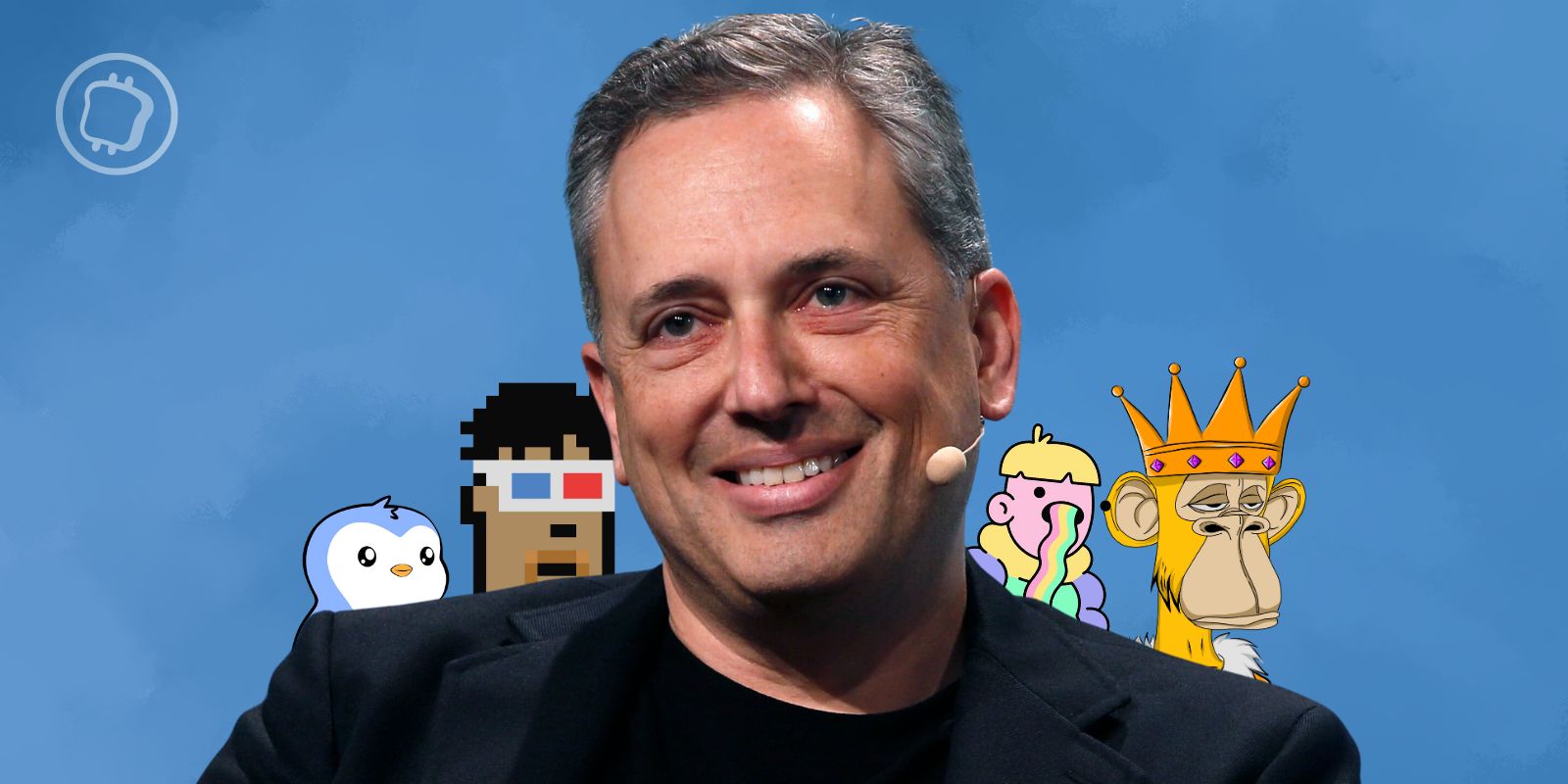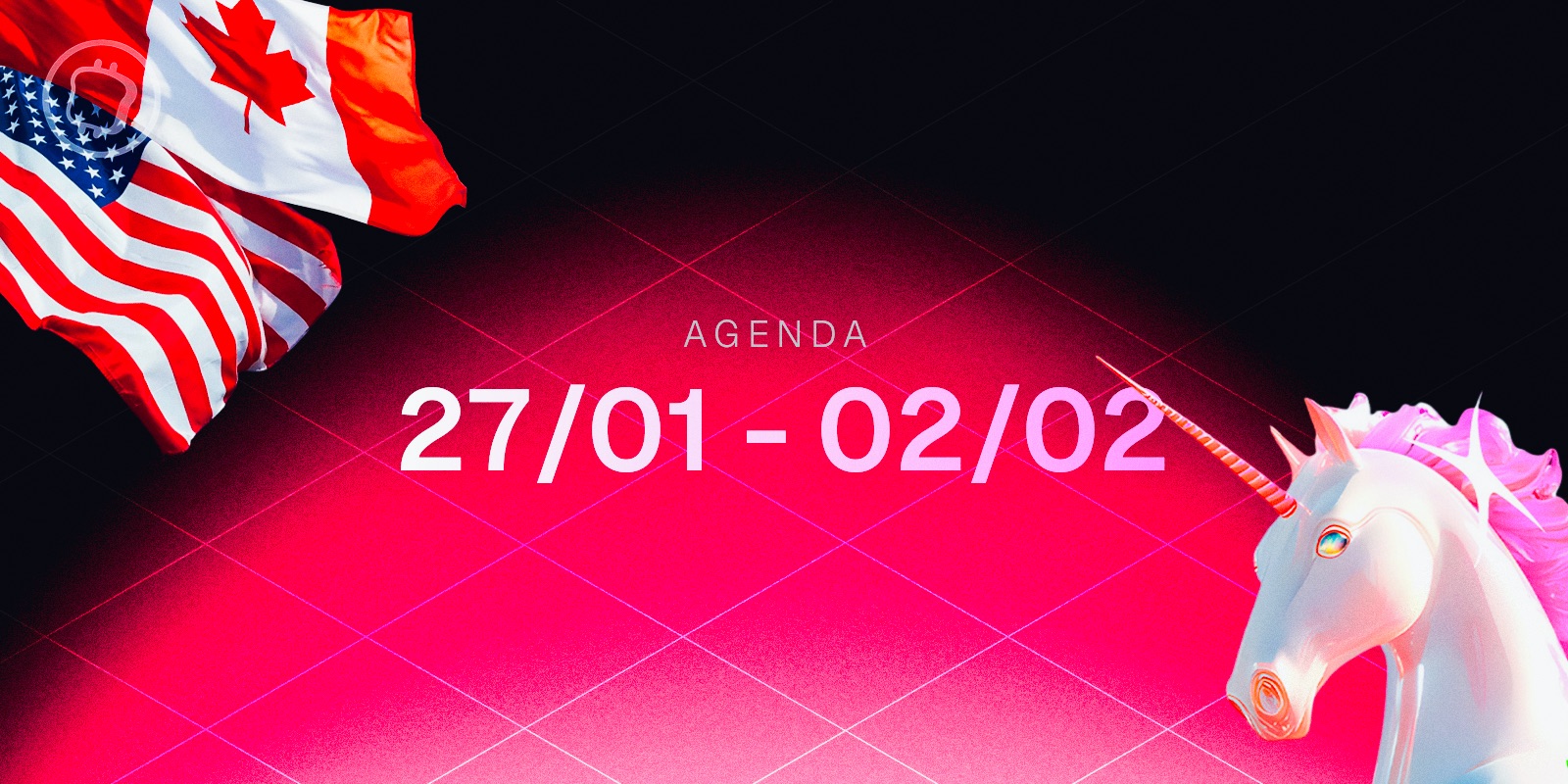BNB Chain executed its 21st auto-burn on October 13, resulting in the removal of over 2 million BNB tokens, or over $574.8 million at trade time.
Binance removes over 2 million BNB tokens
The cryptocurrency exchange Binance has carried out its 21st auto-burn of BNB tokens yesterday morning. These are more than 2 million BNB which have been burned in this wayor approximately $574.8 million at the time of the transaction.
#BNB is deflationary. https://t.co/fQJs07aTIc
— CZ 🔶 Binance (@cz_binance) October 13, 2022
Burning tokens consists of sending a certain cryptocurrency to a wallet without a private key, and therefore de facto unusable. The crypto in question thus becomes rarer, since its number of units in circulation has been reduced, which automatically raises its price. Do not hesitate to visit our dedicated page to learn more about the burn mechanism.
This is one of the largest token burns since the implementation of this process for BNB. According to the press release, among these more than 2 million tokens, just over 4,000 of them come from the Pioneer Burn Program, an initiative set up by Binance in 2020 aimed at “reimbursing” people who sent the tokens to a non-existent address by mistake. These tokens are then deducted from the auto-burn.
The price of BNB has climbed 5.1% over the past 24 hours, on the same trend as Bitcoin (BTC), which has gained 6.6% over the same period.
👉 Discover our guide and tutorial of Binance, the largest exchange in the world
The No. 1 exchange in the world – Regulated in France
Binance
-10% off fees with code SVULQ98B 🔥

Why does Binance burn its tokens?
Until December 2021, Binance was burning tokens in 2 different ways. First of all, by burning a fraction of blockchain transaction fees (the BNB is used to pay the transaction fees of the BNB Chain) since the implementation of the BEP-95 in October of the same year.
Secondly, via a quarterly burn taking into account the trading volumes of the platform over the last 3 months. With the addition of its auto-burn policy in December 2021, Binance wanted to favor transparency as well as the predictability of the amount of tokens burned. Indeed, the equation being public, certain tools like BNBBurn make it possible to predict the amount of BNB burned during the next auto-burn.
This burn policy aims to make BNB a deflationary token in order to drive up its price. However, these periodic burns will no longer occur once the number of BNB in circulation will fall below 100 million unitsi.e. less than half of the supply total when launched.

Evolution of the number of BNB tokens burned (ordinate) and the average price of BNB (abscissa)
The 22nd auto-burn should logically take place at the end of the last quarter of the yearfor an amount that is still impossible to determine precisely since the equation for determining the number of tokens to burn takes into account factors such as the number of blocks produced at that time.
👉 Read also – BNB Chain successfully executes a hard fork to secure its network after the hack
The reference platform to buy and trade more than 600 cryptos
10% discount on your fees 🔥

Source: Binance press release
Newsletter 🍞
Receive a summary of crypto news every Monday by email 👌
What you need to know about affiliate links. This page presents assets, products or services relating to investments. Some links in this article are affiliated. This means that if you buy a product or register on a site from this article, our partner pays us a commission. This allows us to continue to offer you original and useful content. There is no impact on you and you can even get a bonus by using our links.
Investments in cryptocurrencies are risky. Cryptoast is not responsible for the quality of the products or services presented on this page and could not be held responsible, directly or indirectly, for any damage or loss caused following the use of a good or service highlighted in this article. Investments related to crypto-assets are risky by nature, readers should do their own research before taking any action and only invest within the limits of their financial capabilities. This article does not constitute investment advice.







